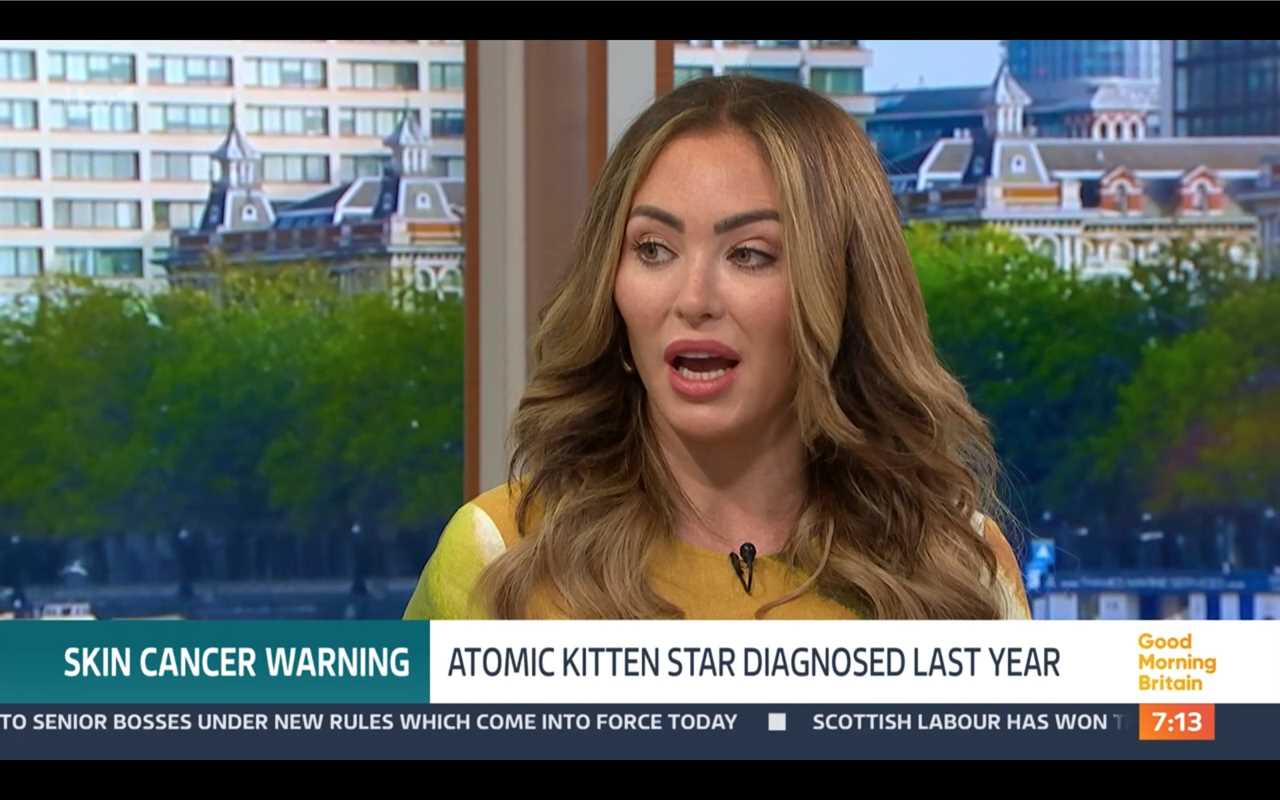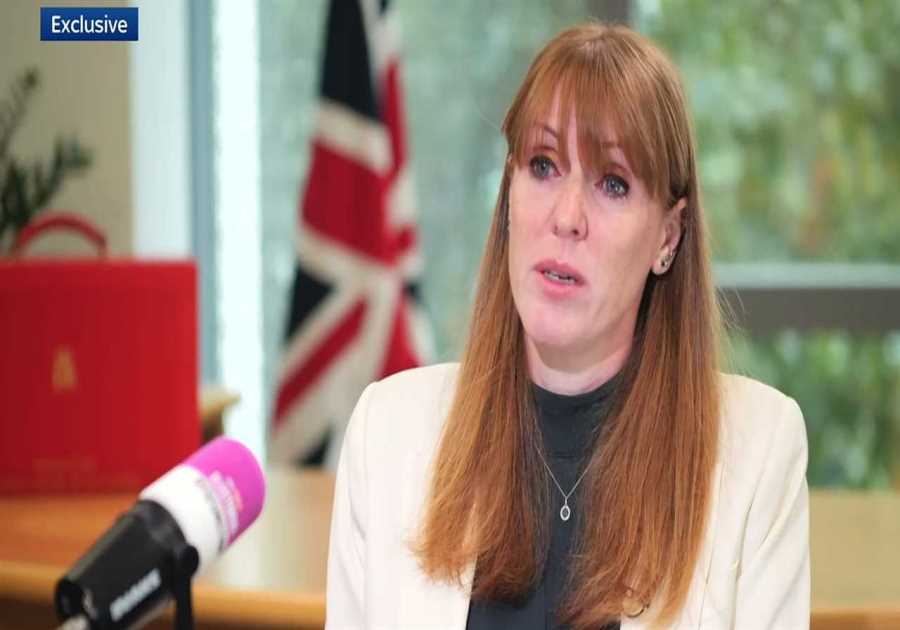
Amidst Atomic Kitten's Natasha Hamilton's disclosure of her skin cancer diagnosis following an innocuous itch on her back, a broader discussion emerges on the multifaceted nature of skin cancer detection. Hamilton's revelation sheds light on the lesser-known signs of basal cell carcinoma (BCC), the most prevalent form of skin cancer in the UK. This narrative transcends mere celebrity news, prompting a closer examination of the intricacies surrounding skin cancer awareness and early detection.
Unveiling Subtle Indicators: Beyond the Obvious
When contemplating skin cancer symptoms, traditional associations with moles often dominate the discourse, particularly in relation to melanoma. However, non-melanoma skin cancers, including BCC, exhibit a range of more nuanced manifestations that warrant attention. According to Macmillan Cancer Support, key features of BCC encompass various presentations, such as smooth firm lumps in diverse hues, sunken crater-like formations, flat scaly patches, and scar-like areas on the skin. These subtle signs may initially go unnoticed, underscoring the importance of comprehensive awareness beyond conventional paradigms.
Understanding the Social Context of BCC Detection
BCC predominantly affects individuals with fair skin, yet it can impact people across different skin types, emphasising the need for inclusive awareness campaigns. Factors such as prolonged sun exposure, outdoor activities, sunbed use, and previous history of BCC elevate the risk of developing this form of skin cancer. The disparities in vulnerability underscore broader socio-environmental influences that intersect with individual health outcomes. Recognising these complexities is pivotal in shaping targeted prevention strategies and equitable healthcare access.
Empowering Vigilance and Early Intervention
While BCC is generally treatable and rarely life-threatening, timely diagnosis remains crucial in preventing potential complications. Monitoring for persistent itchiness, bleeding, or non-healing sores, particularly in sun-exposed areas like the head, face, and hands, is paramount for early detection. The narrative of Natasha Hamilton's proactive approach to seeking medical guidance underscores the significance of self-monitoring and regular dermatological assessments in mitigating the impact of skin cancer.

As we navigate the intricate landscape of skin cancer awareness, Natasha Hamilton's journey serves as a poignant reminder of the imperative to broaden our understanding of skin cancer beyond conventional moles. By embracing a holistic perspective that acknowledges the diverse manifestations and risk factors associated with skin cancer, we take a collective step towards fostering a more informed and vigilant society in safeguarding skin health.






